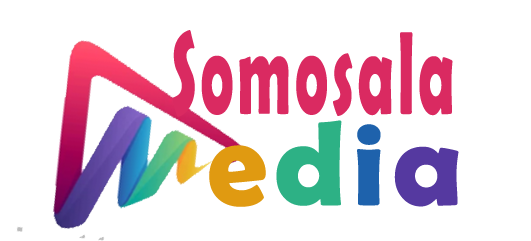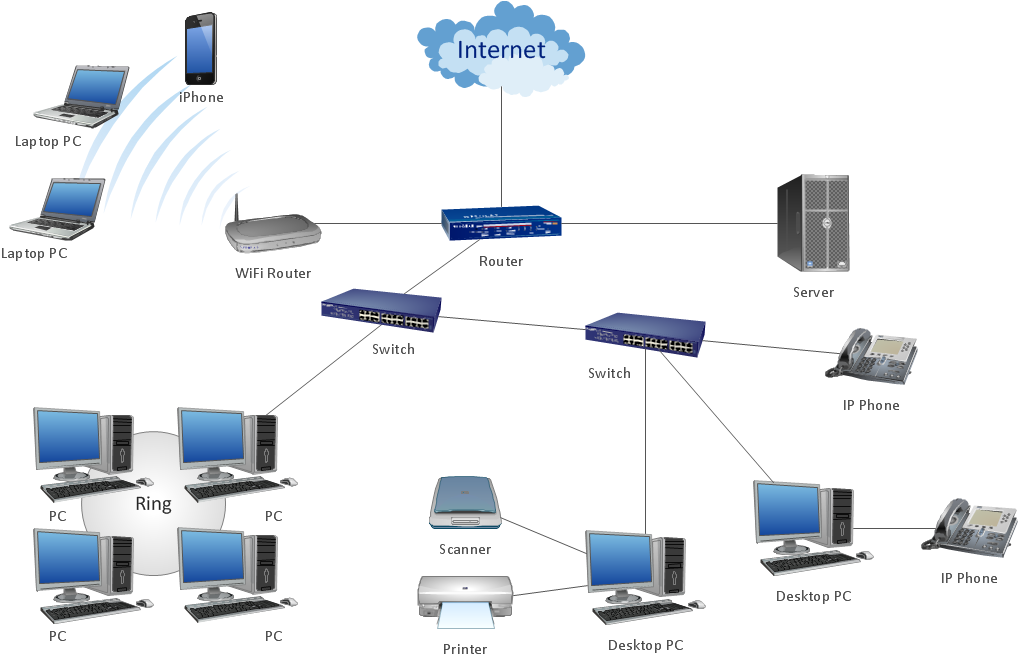In the banking business, a trend toward blockchain technology has started. It is seen as a tool for major corporations to upgrade their processes. And to take a fresh look at how customers interact with their offerings. This change, however, did not occur overnight. Let’s examine how and why blockchain is changing the financial environment.
The advantages of using blockchain technology are also most prominent in financial organizations and industries nowadays, amongst these numerous businesses. However, before we get into the advantages of this technology, let’s take a closer look at whatever it is.
Evolution of FinTech
To comprehend the potential impact of blockchain on financial products, we must first comprehend the growth of financial technology. Financial technology refers to the software & services that firms employ to produce mobile applications, webpages, and other applications. You may well have heard it referred to by another name. FinTech is a condensed version of the term. It has become a trendy way of defining modern finance organizations during the last decade. FinTech, on the other hand, has been operating for more than a century, spanning three eras.
What is Blockchain?
Although blockchain appears to be sophisticated, and it can be, its core notion is pretty simple. A database, or blockchain, is a sort of digital ledger. To understand blockchain, you must first understand what a database is.
A database is an organized collection of files stored on a computing device in an electronic format. Database material, or data, is usually organized in table style to make searching and sorting for detailed details easier. What’s the difference between such a spreadsheet and a database when it comes to storing data?
Spreadsheets are intended for storing and accessing modest amounts of data by a single person or a small group of individuals. A database, on the other hand, is intended to hold far bigger volumes of information that can be collected, filtered, and altered by a significant number of people at the same time.
Distributed
There are numerous editions of the accounting record. An open blockchain, such as the one used by Bitcoin, is published and duplicated in multiple locations. Accounting entries are then broadcast to many participants, who enter them into the account book. The accounts book is not managed by anyone, but the system is set up so that each accounts book contains the same data.
Higher levels of transparency
Blockchain is regarded as among the most effective technologies for tracing a transaction’s history. The digital system, known as distributed ledger technology (DLT), stores the asset’s transaction data in numerous locations simultaneously.
The transaction ledger functions similarly to a traditional bank’s record sheet and on a digital scale. The transaction details and records are visible to everybody on the network, increasing accountability and transparency.
The strong applications of blockchain technology aren’t restricted to banking and technology because of this amazing accessibility characteristic. Other industries and industries, such as charities & non-profit organizations, have benefited from it. Donations made in cryptocurrencies such as bitcoin will be more available and traceable as a result of this.
Simplified payment
A decentralized ledger can help retail banks make payments easier, especially overseas payments with high costs and long processing times. Customers’ identities in financial services could also be verified via blockchain. Customers can be given private and public keys for the blockchain after their data is confirmed by an authorized agency. After that, the ledger serves as a decentralized and universal tool for verifying a customer’s identification among banks.
The Swiss bank UBS is already spearheading a group of global financial firms in a blockchain project that aims at speeding up back-office processes and interbank transactions, which can save the companies millions of dollars. 2 R3 CEV LLC, situated in New York, is the chairman of the world’s largest financial consortium focusing on blockchain, which includes over 100 institutions and regulators. You can easily know more about the secured payments via blockchain with the help of RemoteDBA.com
Accenture using Blockchain
Accenture (ACN) created the Recognized Traveler Digital Identity System to address some issues and speed up the security procedure. To assist destabilize the global travel sector, the advisory business teamed with the World Economic Forum (WEF). 1
This blockchain is intended to capture and store personal details from regular international passengers, allowing for a freer flow of data between travelers and customs officers and therefore easing the clearing procedure.
Using blockchain technology, travelers may take control of their digital identities while improving security. Accelerated procedures and improved particular advantage airports and airlines, reducing line-ups and eliminating one of the most common traveler complaints.
Storage Structure
The architecture of data in a blockchain differs significantly from that of a traditional database. A blockchain is a digital ledger that accumulates data in groupings called blocks, each containing a collection of data. When a block is filled, it is chained onto the preceding block, producing a data chain known as a “blockchain.” All additional data that comes after that newly added block is assembled into a new block, which is then committed to the chain once it’s full.
A database organizes data into tables, but a blockchain organizes data into linked pieces (blocks). As a result, all blockchains are databases, although not every database would be a blockchain. When applied in a decentralized manner, this method automatically creates an irreversible data timeline. When a block is completed, this becomes a permanent part of the timeline. When a new block is added to the blockchain, it is assigned an exact timestamp.
Smart Contracts
With the use of computer protocols contracts, activities that made transfers more costly, difficult, and time-consuming can be automated. Smart contracts can keep track of when a payment is made, whenever the deal is completed, and they can also handle any problems that arise. Encrypted smart contracts cannot make stupid mistakes but never get tired if they are configured properly. They can be thought of as a neutral third party that works like an escrow service between such a buyer and seller.
Banking the Unbanked
The capability for everyone, irrespective of race, religion, or ethnic heritage, to use blockchain and Bitcoin is maybe its most significant feature. According to the World Bank, approximately 2 billion adults lack bank accounts or any other method of storing their income or property. 5 Almost many of these people reside in developing economies, where the market is still in its infancy and money is king.
These individuals frequently earn small amounts of money that are paid in cash. They must then hide this actual currency in their homes or places of business, make them susceptible to robbery or unwarranted violence. A bitcoin wallet’s keys can indeed be written down, stored on an inexpensive smartphone, or even remembered if essential. These solutions are more likely to be hidden than a little pile of cash underneath a mattress for most individuals.




